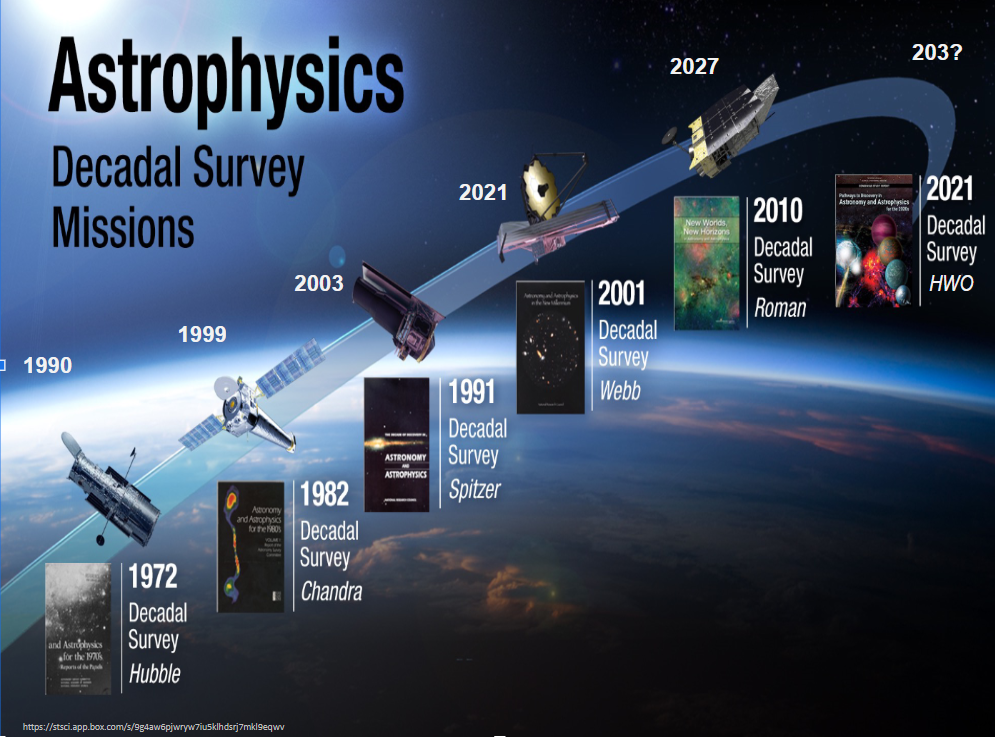NASA’s mission: exploring the universe and educating the next generation
NASA’s mission: exploring the universe and educating the next generation
Becky Bosco, Senior Director of Corporate Communications, Optica
Seeing the Universe with Optical Engineer, Dr. Margaret Dominguez
Since 1998, Education and Training in Optics and Photonics (ETOP) has brought together the optics and photonics community to share pedagogical approaches, educational lessons, and topical research outcomes in formal and informal environments. ETOP 2023 was held in Central Florida, USA, because of the area's solid optics and photonics ecosystem with 200 industry companies, university programs, and proximity to NASA’s Kennedy Space Center. There’s renewed interest in space exploration, particularly lunar exploration. From Florida’s Space Coast, humans will one day return to the moon.
Dr. Margaret Dominguez is an Optical Engineer and Associate Branch Head of the Optics Branch at NASA Goddard Space Flight Center and an Optica Ambassador. Dominguez inspired the group with her background in the optical sciences and the impactful work of her team at NASA Goddard.
Growing up in rural Tecamachalco, Mexico, Dominguez realized math and physics were keys to her many questions about the world. “I was good at math and loved it. When I told my parents I wanted to study physics, they said I could answer any question in the Universe.” Dominguez earned her B.S. in Physics from Universidad de las Américas Puebla in Mexico. When she was there, Dominguez volunteered to help organize a physics conference. One invited speaker was NASA astrophysicist, Dr. Jonathan Gardner, Deputy Senior Project Scientist for the James Webb Space Telescope (JWST). “During the conference, Dr. Gardner asked if I would be interested in working at NASA, an opportunity I had never considered. I applied, was accepted, and was placed in the Optics branch at NASA Goddard working on JWST.”

Dominguez continued her education and received her M.S. and Ph.D. in Optical Sciences from the University of Arizona. Every summer, she would return to Maryland to do the work she loved. She conducted optical design, alignment, and metrology on the ground support equipment for the JWST. “Every test, measurement, and task I completed was connected to JWST. My sister and I got up early on Christmas morning in 2021 to watch the JWST launch as it happened. It was an incredible experience!”
What are the next decade's key scientific challenges for astronomy and astrophysics?
Dominguez looked to the Pathways to Discovery in Astronomy and Astrophysics for the 2020s, identifying the most compelling science goals and presenting an ambitious program of ground- and space-based activities for future investment. The report recommends critical near-term actions to support the foundations of the profession as well as the technologies and tools needed to carry out the science.

Dominguez explained how every NASA mission is transformative:
- Hubble -– age/expansion rate of the universe, early galaxies, black holes in galaxies, characterizing exoplanets, dark energy
- Chandra – black holes ubiquitous, dark matter “imaged,” supermassive black holes turn on and off
- Spitzer – star formation, cosmochemistry, planet formation, exoplanet characterization, galactic structure,
- JWST – Decadal studies identify the next measurements needed to advance toward the strategic drivers
NASA develops the missions that make those measurements, open new windows in observing the universe, and change the textbooks and our understanding of the universe.
What’s after JWST?
NASA's first chief astronomer, Dr. Nancy Grace Roman, was the 'Mother of Hubble.’ Roman was instrumental in taking NASA's Hubble Space Telescope from an idea to reality and establishing NASA’s program of space-based astronomical observatories. Today, Dominguez continues her work on the aligning, assembling, and testing the grating prism (grism) component of the Wide Field instrument on the Roman Space Telescope.
Roman Space Telescope (RST) has a primary mirror that is 2.4 meters in diameter, the same size as the Hubble Space Telescope's primary mirror. RST will have two instruments, the Wide Field Instrument, and the Coronagraph Instrument. On 16 May 2023, the International Day of Light, NASA Goddard announced that the “heart” of RST was delivered to Ball Aerospace in Boulder, Colorado, for integration into the Wide Field Instrument (WFI). Called the Focal Plane System (FPS), it serves as the core of Roman’s camera. When the mission launches by May 2027, astronomers will use this system to gather exquisite images to help unravel the secrets of dark energy and dark matter, discover exoplanets, and explore many topics in infrared astrophysics. Hubble has found only a few galaxies within 500 million years of the Big Bang, RST is expected to find hundreds.
Dominguez on the future
Dominguez concluded her presentation with three guiding points to those in the audience.
- Pay it forward! Value opportunities at conferences to network with international collaborators. Learn from the generation ahead of you while still giving your time to those coming behind you.
- Be patient and always be willing and looking to learn. Senior scientists are often willing to explain and share their knowledge, but we must ask for it.
- Ask for help along the way and think of Marie Curie who said, “Life is not easy for any of us. But what does it matter? We must be perseverant and, above all, have confidence in ourselves.”
Hear more from Dominguez and her NASA Goddard team at the upcoming Optica Design and Fabrication Conference. The conference features experts working in optical design and fabrication, especially in the areas of imaging, sensing and illumination systems. Hot topics at the conference include additive manufacturing, new freeform design tools, micro-optics and new materials such as metasurfaces.
